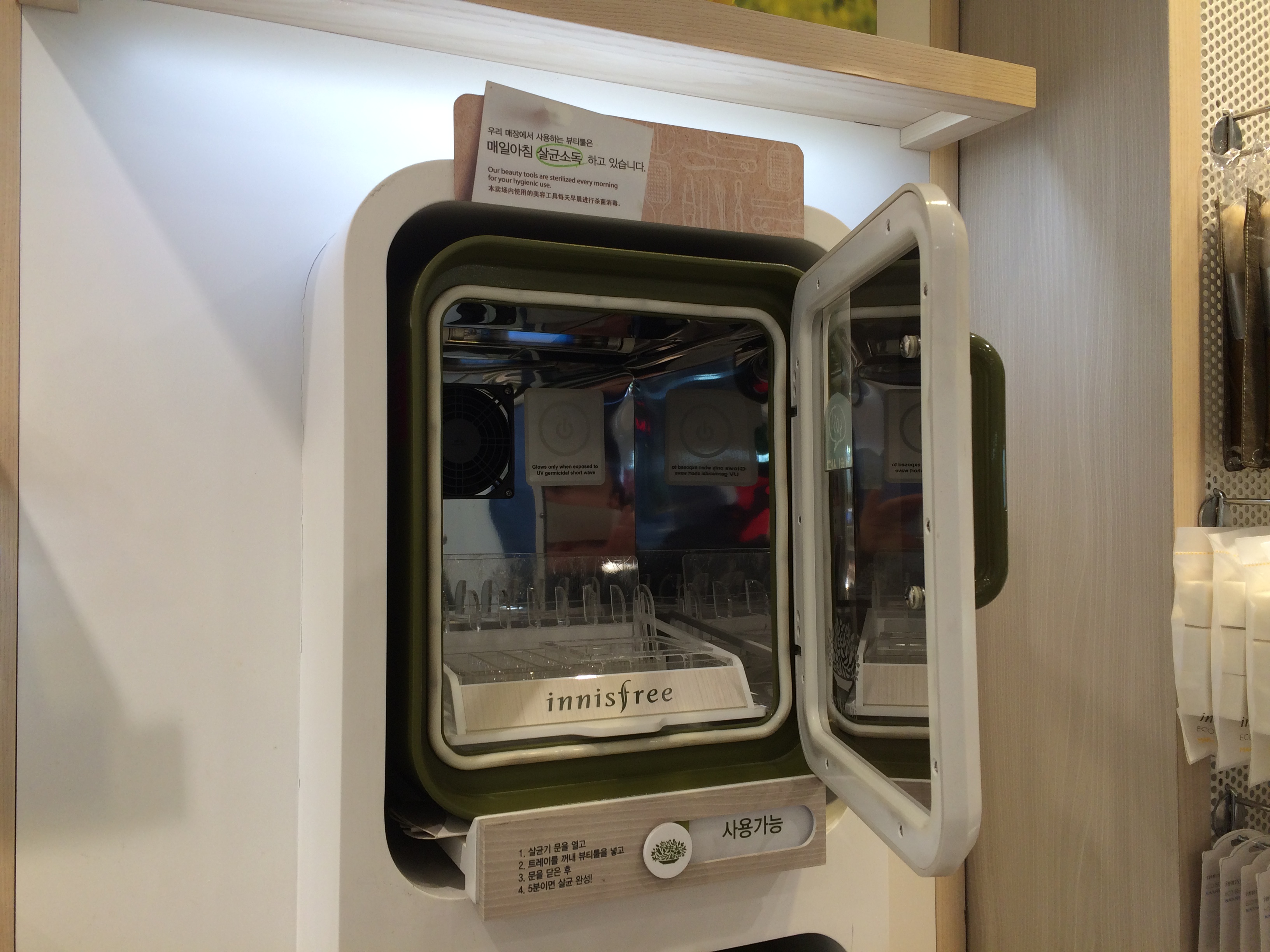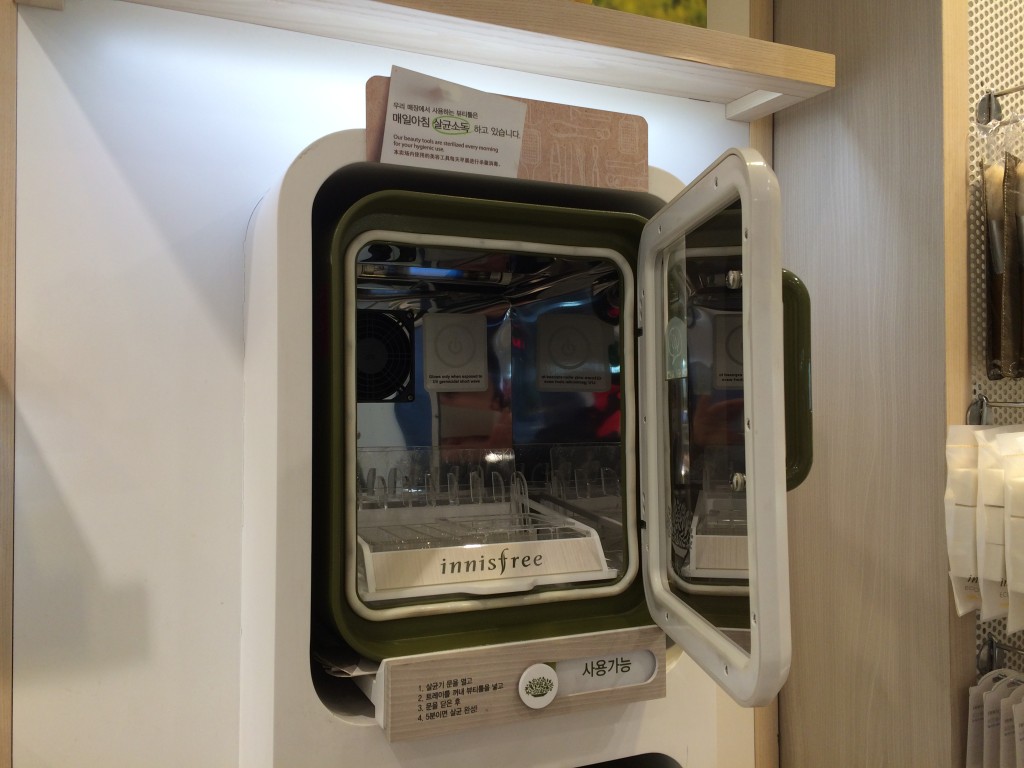
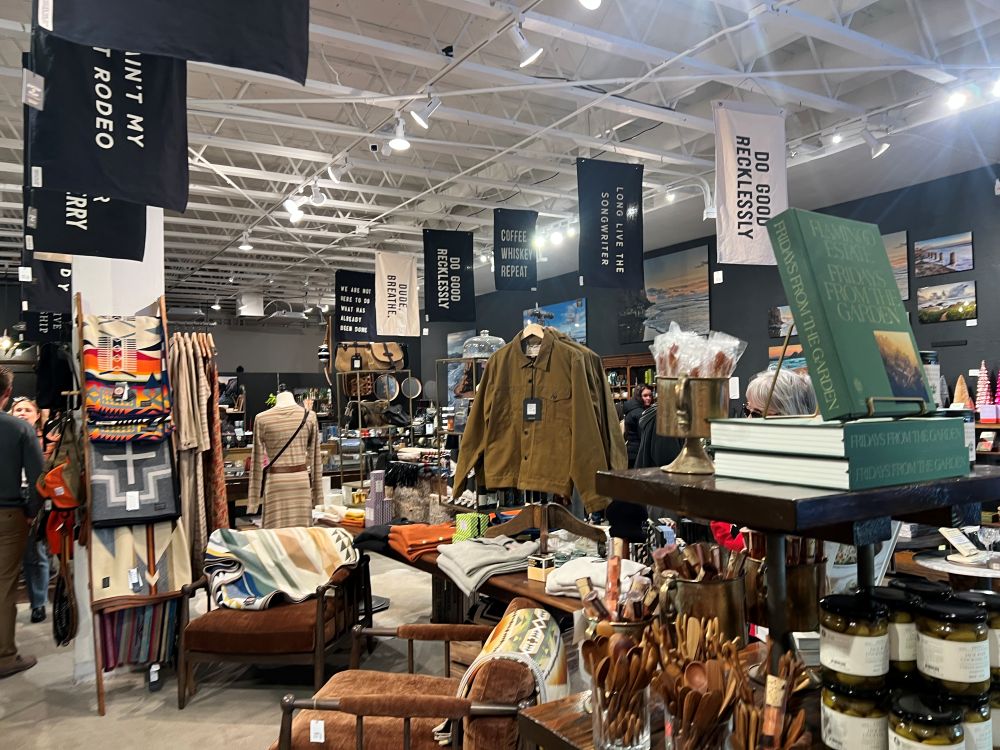
It is hard to find souvenirs in California that are not available in Korea. Because of this, I do not usually feel drawn to specific stores. However, Jupiter & Main at Half Moon Bay caught my attention. This store carefully selects items made from natural materials and hand-crafted designs. The collection includes leather goods and handmade decor.

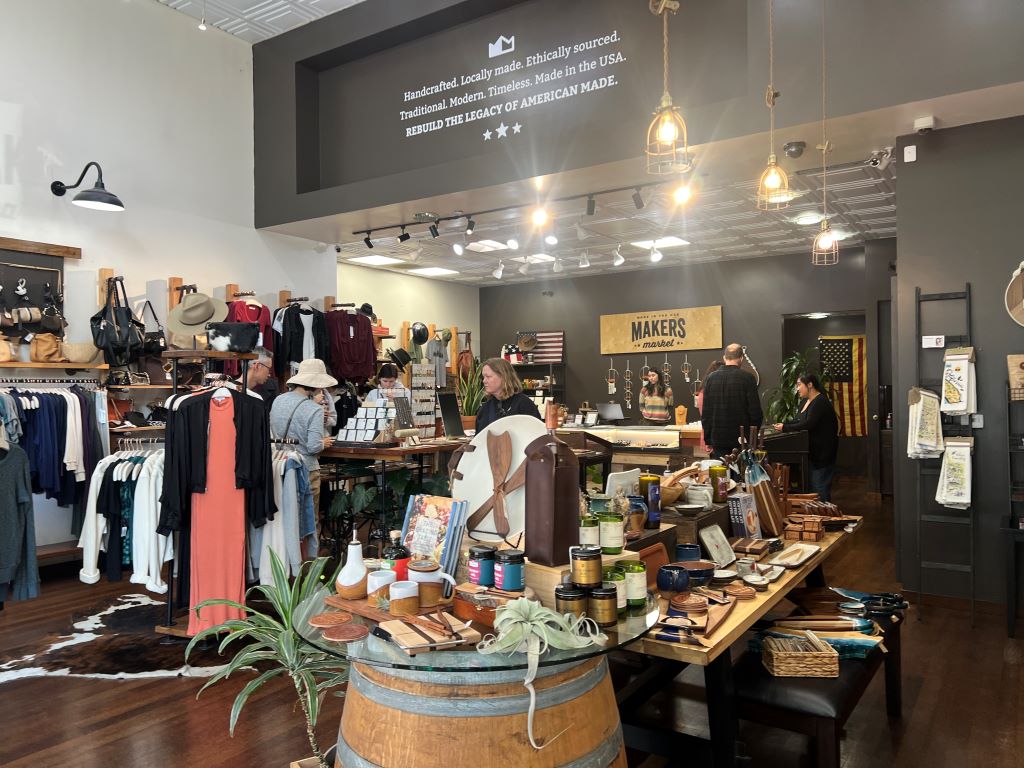
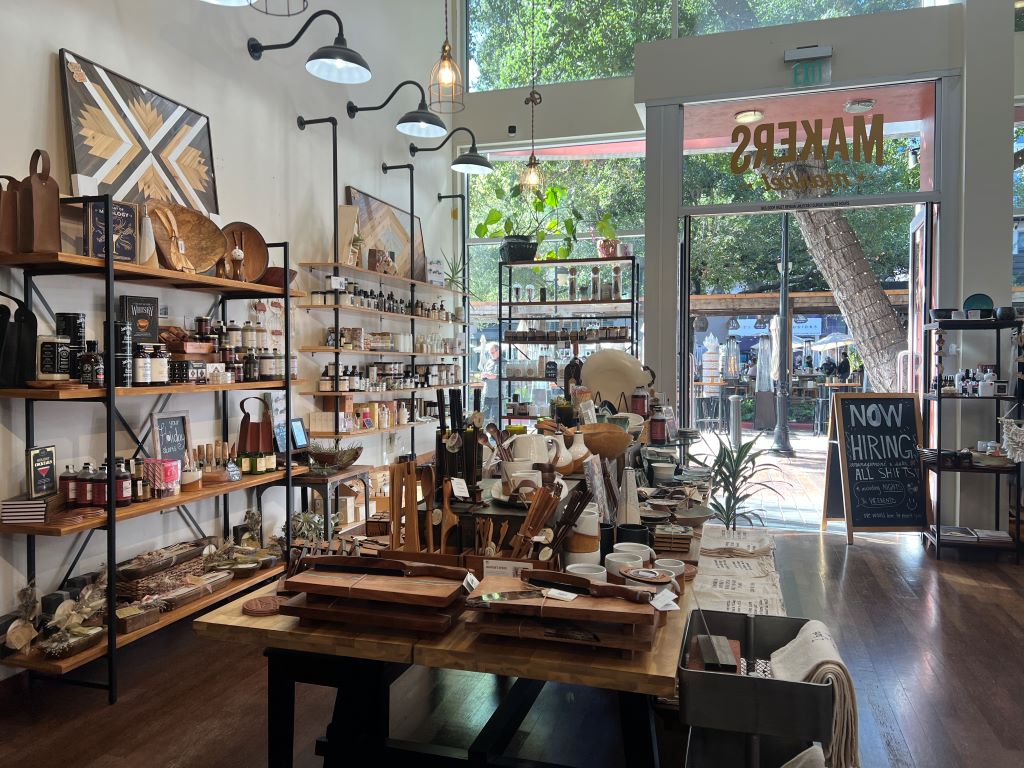
I could not pass by another store, Makers Market at Santana Row in San Jose. This store also features handcrafted goods made from natural materials. The range includes leather, wood, and textiles, all showcasing expert craftsmanship.
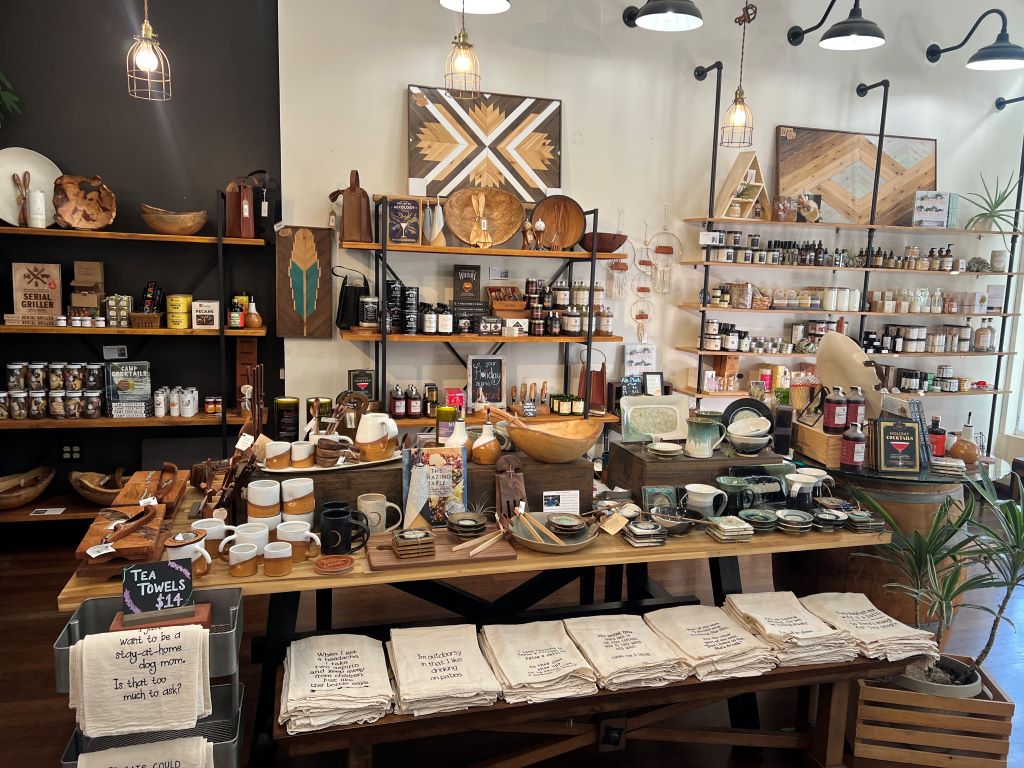
I am attracted to these stores likely because of a psychological association between the material of a product and the perception of its authenticity. For example, when a material like leather is local, I may assume that the finished product is also local. While this perception is not always accurate, it becomes stronger when handmade or hand-crafted elements are involved. This association makes handmade crafts using leather or natural materials particularly appealing as souvenirs. As someone who values authenticity, these products feel local, and stores featuring them create local experience.
***
Reference
Beverland, M. B., & Farrelly, F. J. (2010). The quest for authenticity in consumption: Consumers’ purposive choice of authentic cues to shape experienced outcomes. Journal of consumer research, 36(5), 838-856.
Drawing from image-elicited depth interviews, we investigate whether consumers pursue the consumption of authentic objects with specific personal goals in mind. We find that consumers are motivated to focus on those particular cues in objects that for them convey authenticity (what is genuine, real, and/or true) and that this decision-making process is driven by a desire to draw different identity benefits (control, connection, virtue) from authentic objects. Our interpretive analysis elaborates contributions to theorizing related to consumer agency in seeking authentic consumption experience. We provide cultural explanations for the desire to assert the authentic self in these particular ways.

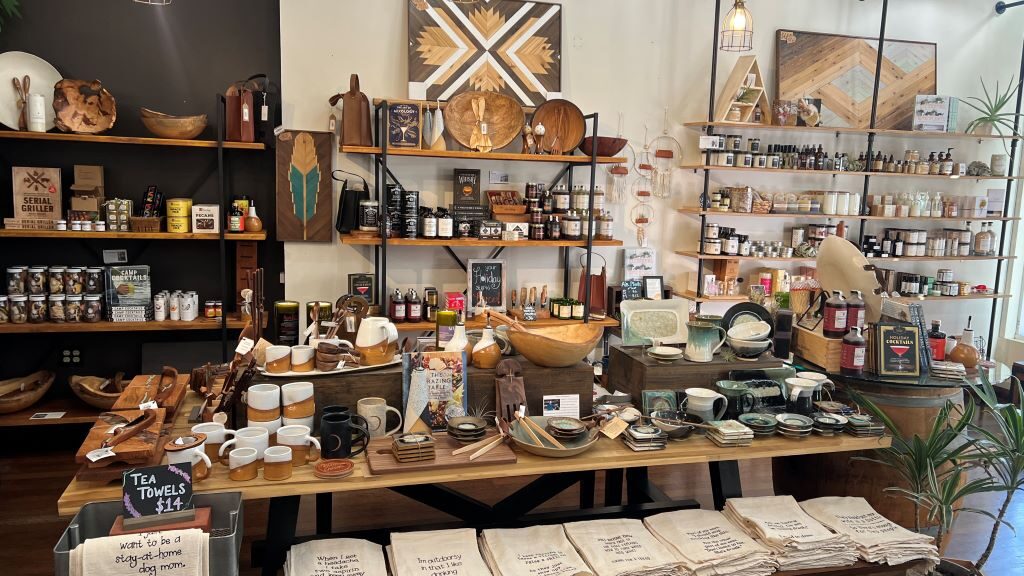
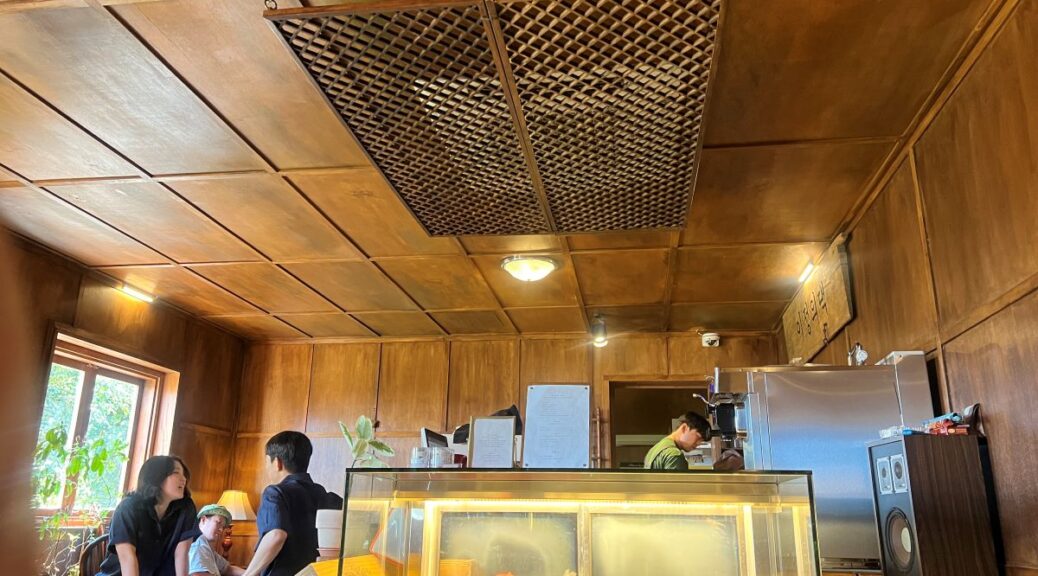

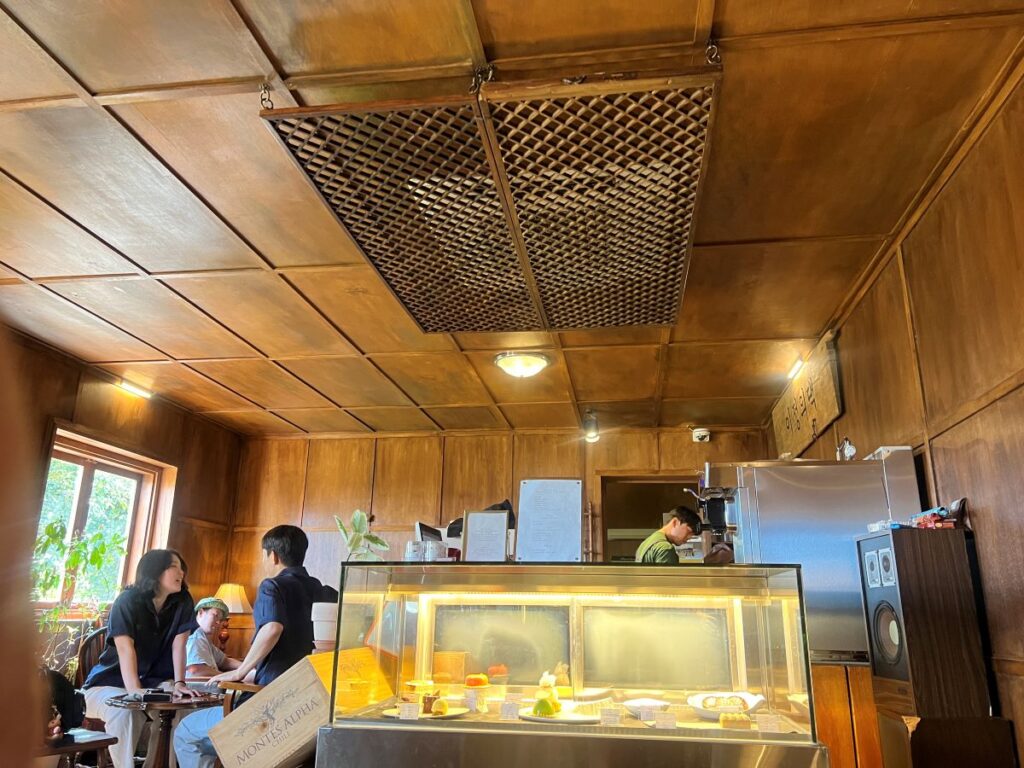
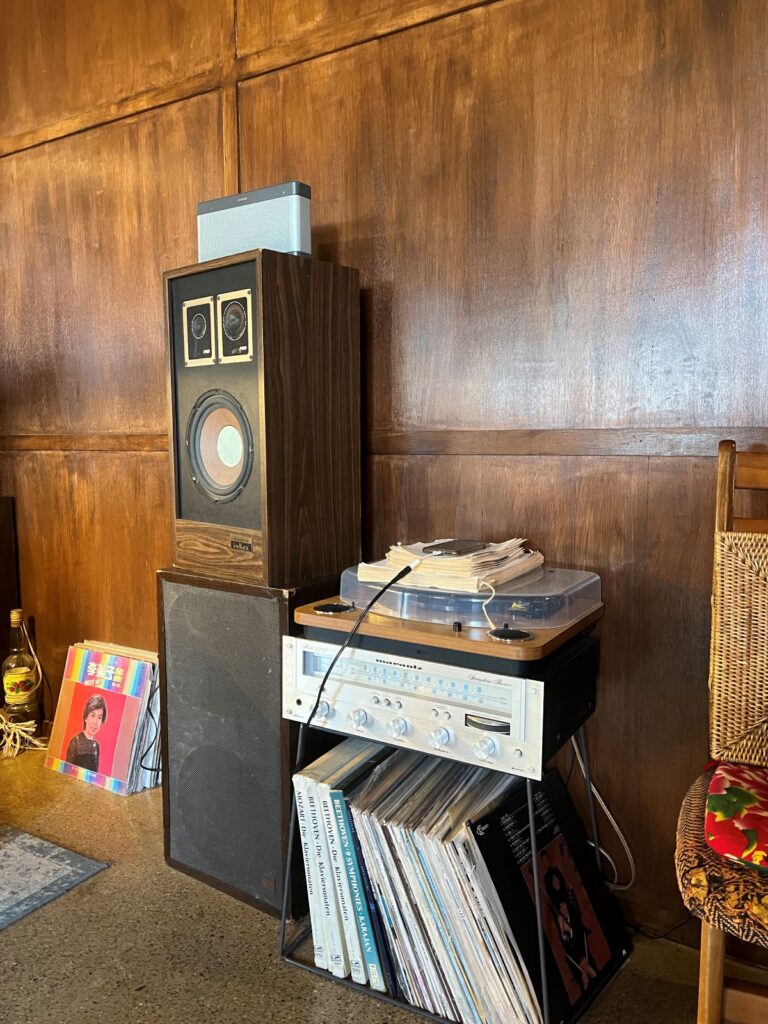

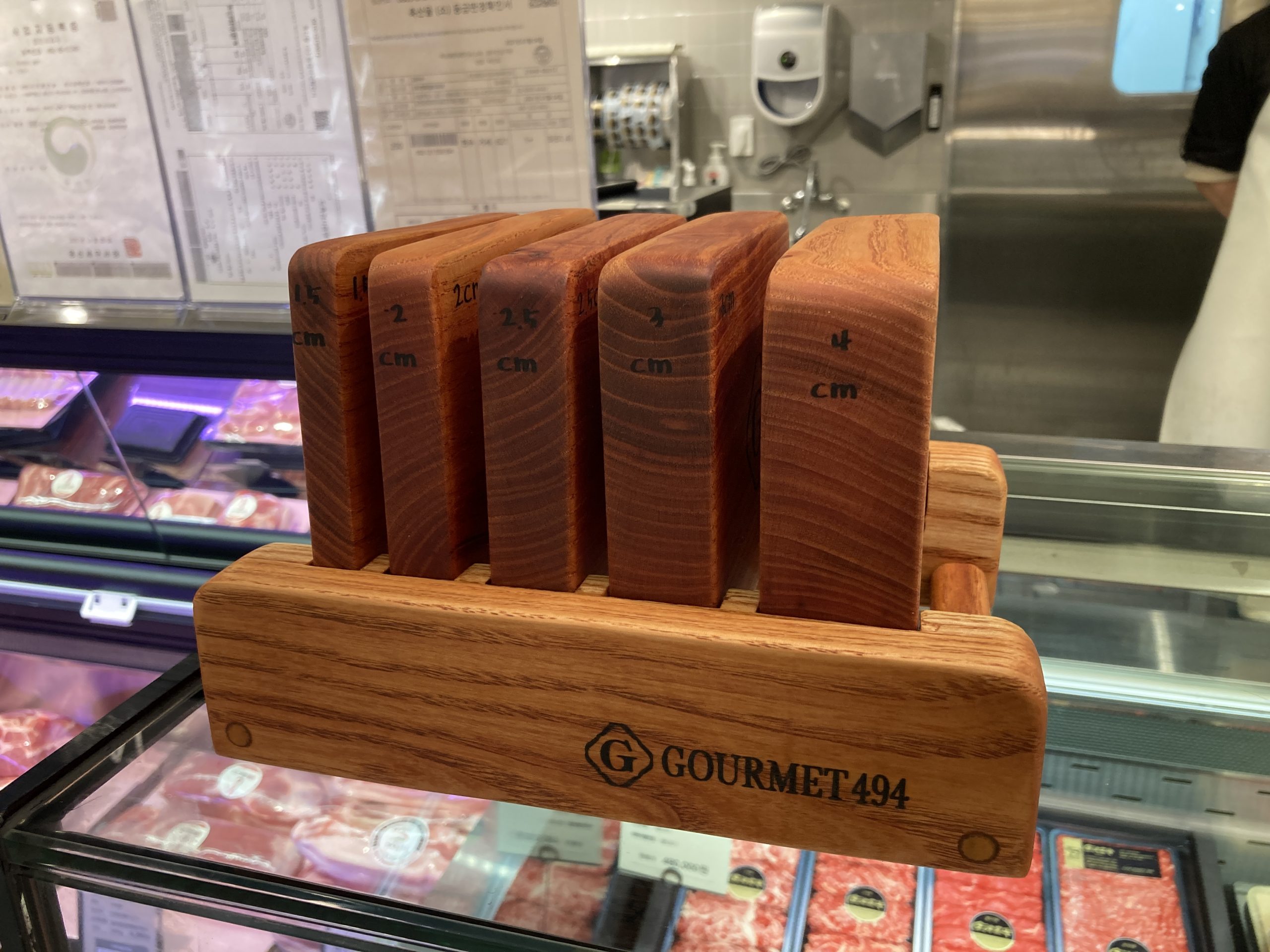

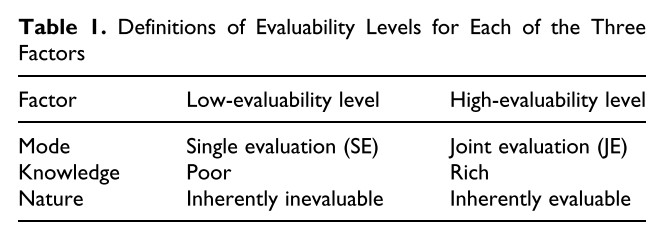



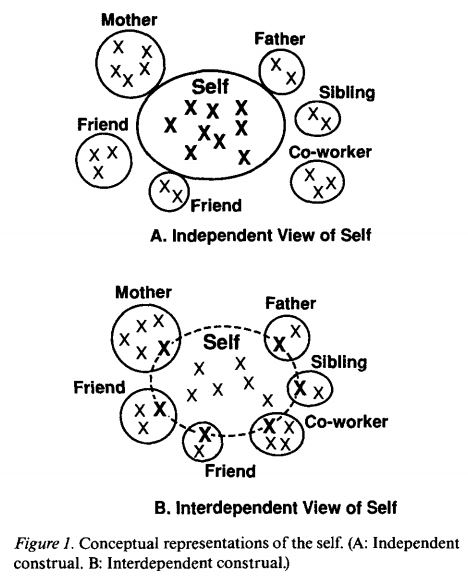
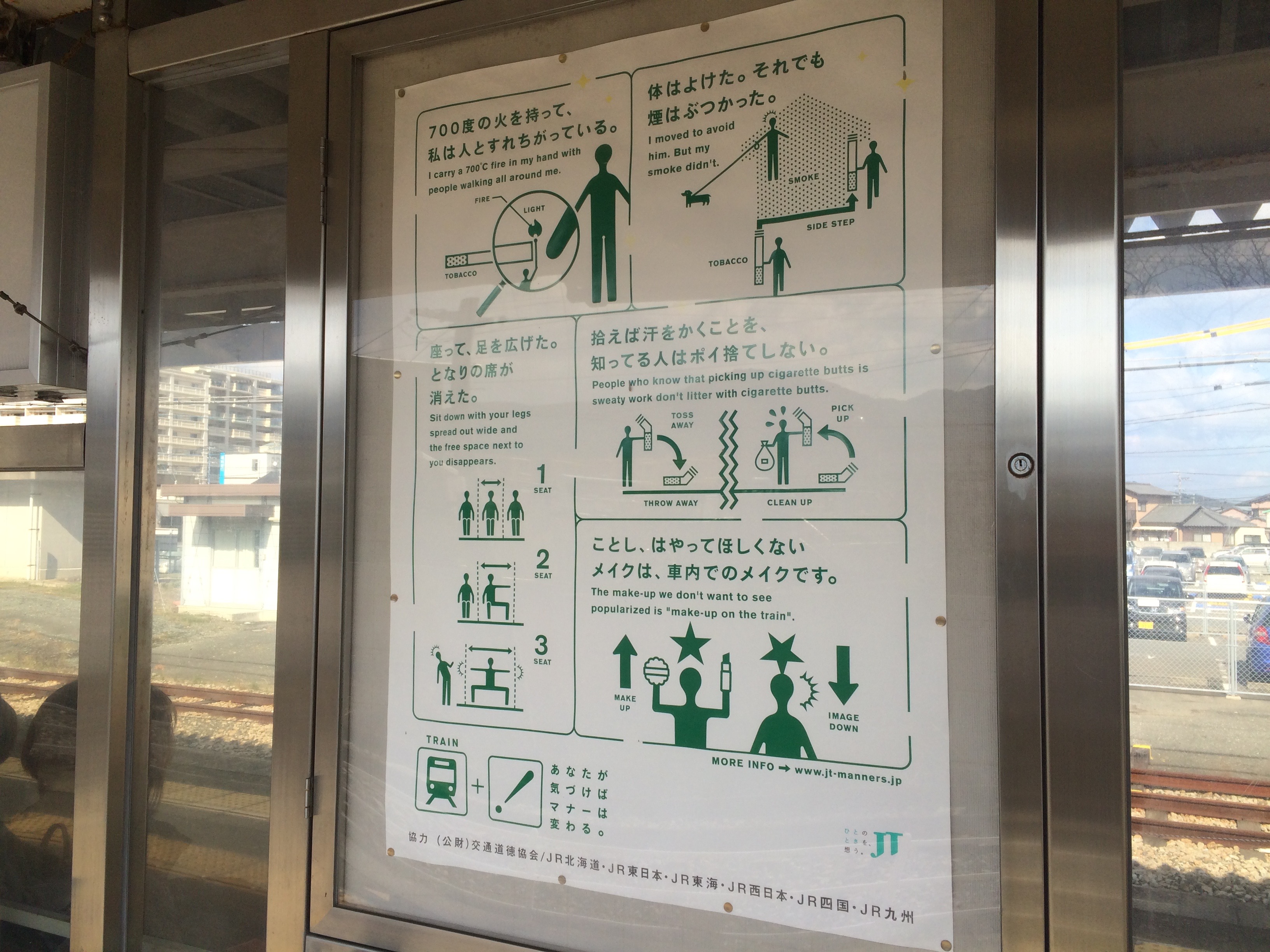
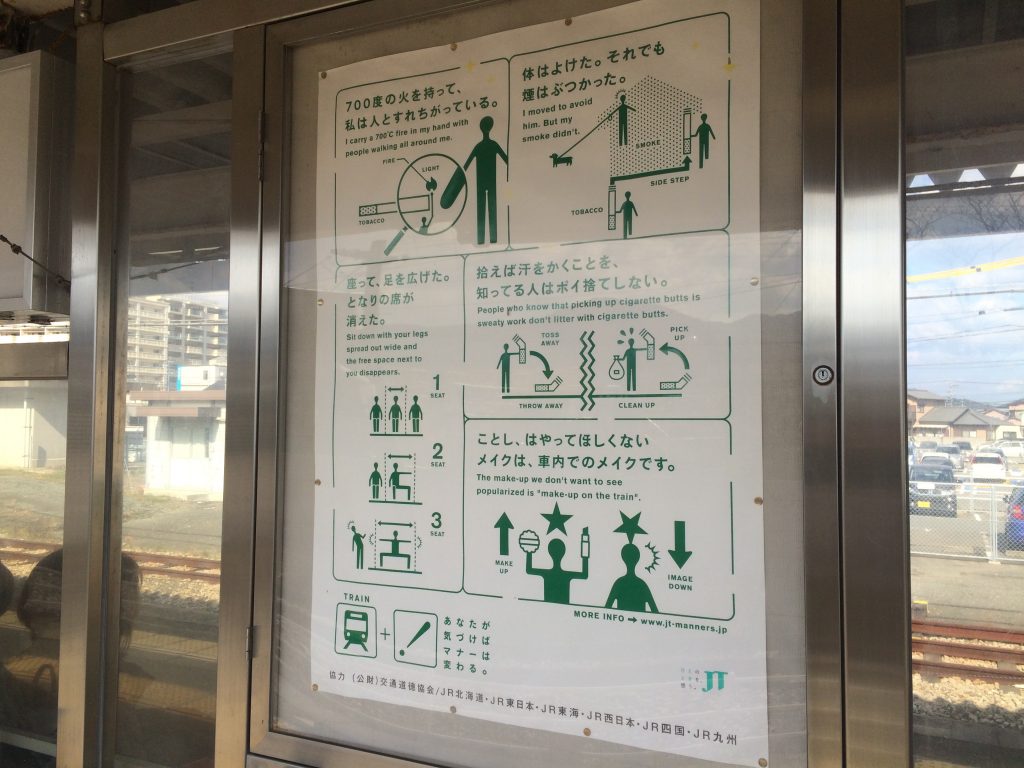
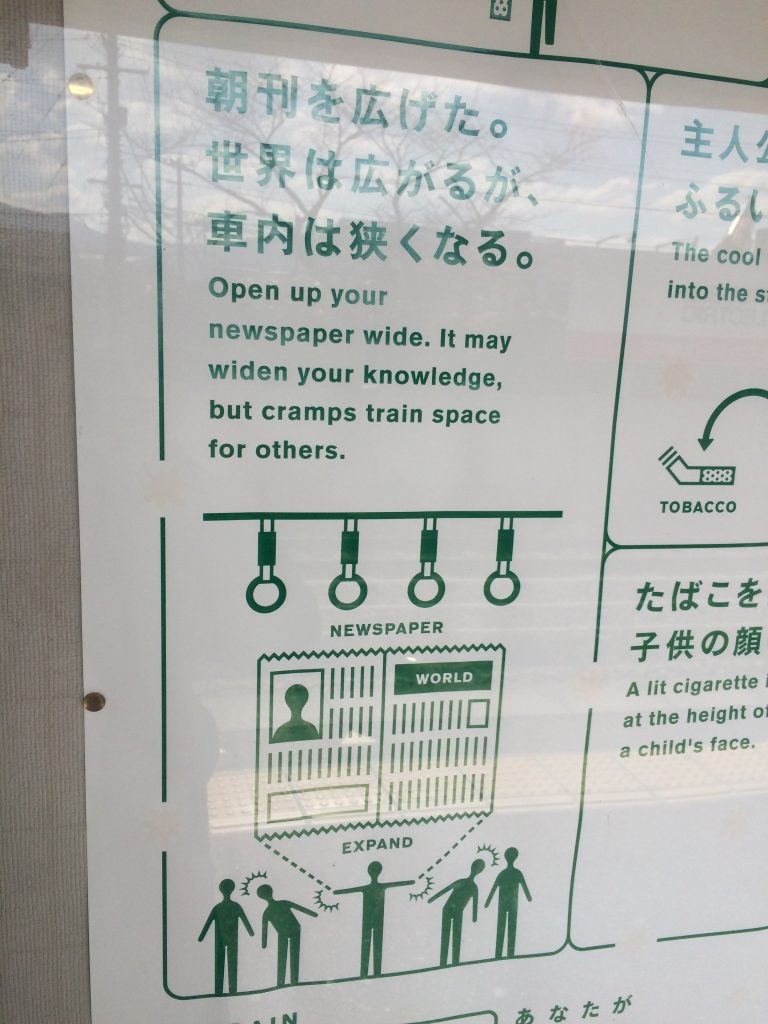
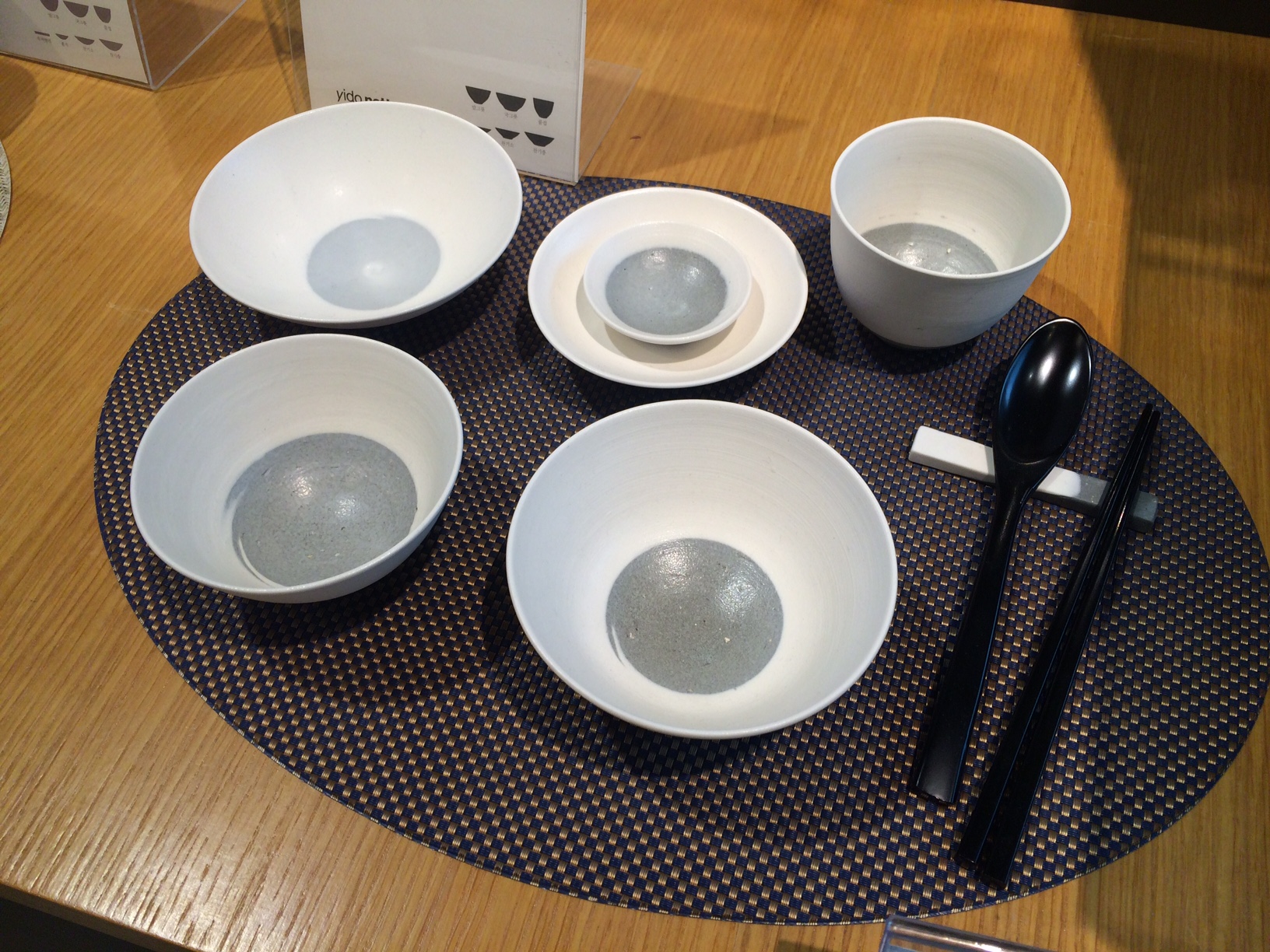
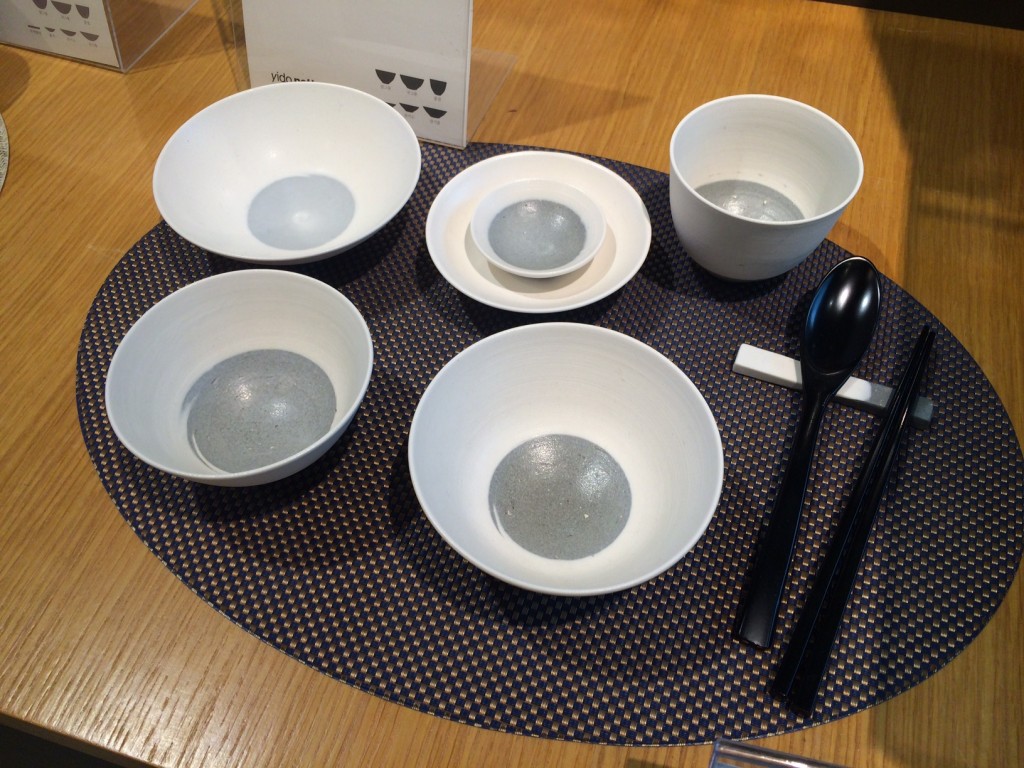
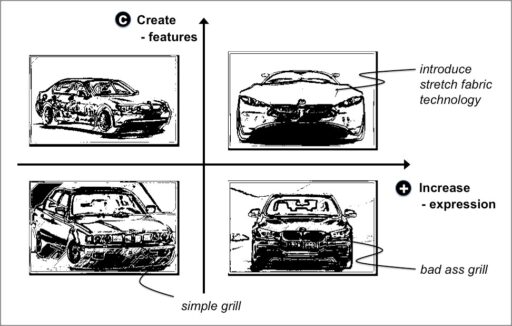


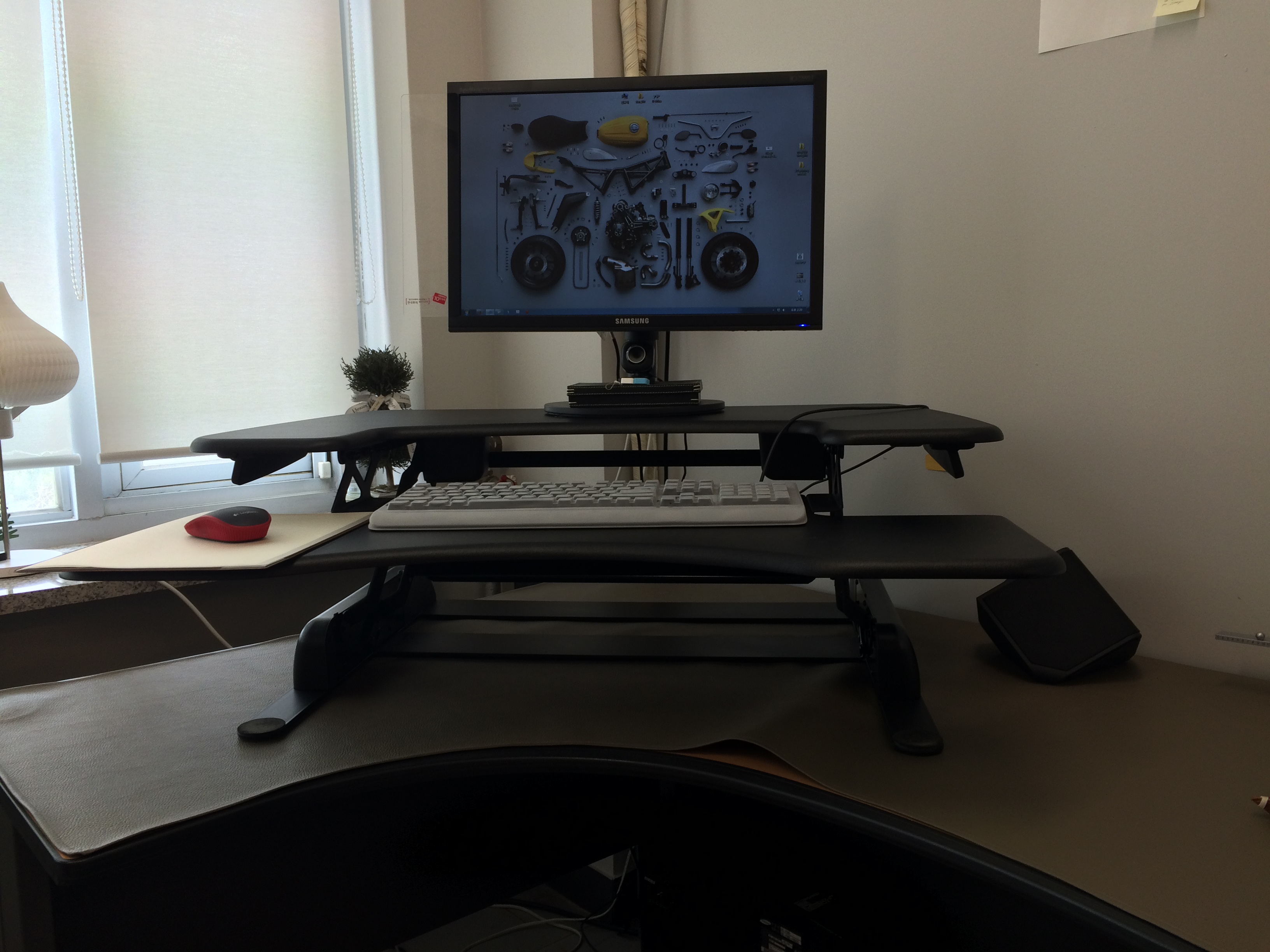
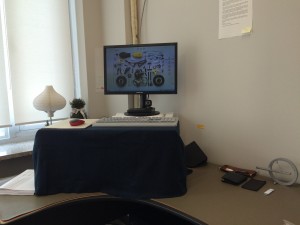
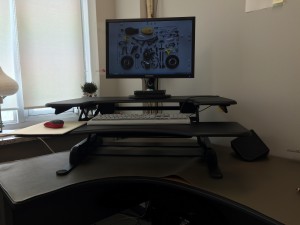

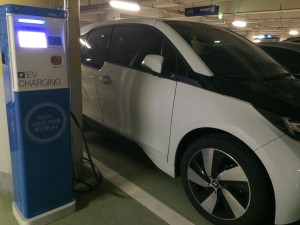 Probably, the department of automotive engineering installed it and owns the electronic vehicle. My first impression about them is that they do not interfere the traffic flow inside the busy parking lot because the charging station occupies a tiny space and it charges a small
Probably, the department of automotive engineering installed it and owns the electronic vehicle. My first impression about them is that they do not interfere the traffic flow inside the busy parking lot because the charging station occupies a tiny space and it charges a small 